Search Results for 'War_Conflict'
273 results found.
Remarks ‘Unworthy of the men in the Dáil’
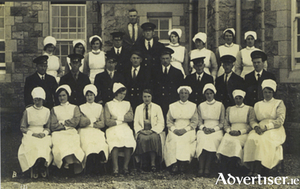
I have written before how records from the Military Pensions Archive show that more than 200 members of Cumman na mBan, some who had sustained injuries and took risks with their lives participating in military action both during the Easter Rising, and in the subsequent War of Independence, were refused a pension because the pension was only applicable ‘to soldiers as generally understood in the masculine sense’.*
The First Galway Brigade, 2nd Battalion
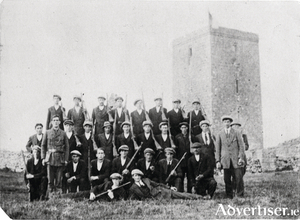
During the War of Independence, the Volunteers, for organisational purposes, divided the country into divisions. Connacht and County Clare were split into four such sections. In each of these, the members were divided into brigades, battalions, companies, and flying columns. The First Galway Brigade was divided into three battalions, Castlegar, Claregalway, and Headford.
See Oscar winning film Tangerines
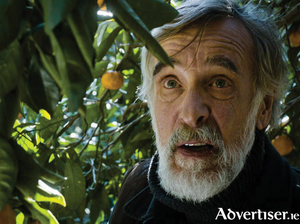
TANGERINES, a film set during the brutal 1992 Georgian-Abkhazian conflict, will be screened by the Galway Film Society in the Town Hall Theatre this Sunday at 8pm.
Athlone resident appointed Assistant Chief of Staff of Irish Army
Brigadier General Peter O’Halloran, a resident of Athlone, has been appointed Assistant Chief of Staff of Óglaigh na hÉireann.
NUI Galway to give public lecture on Holocaust Memorial Day

Registrar and Deputy President of NUI Galway, Professor Pól Ó Dochartaigh, will give a public lecture on Germans and Jews Today: Living with the Holocaust? on Wednesday, 27 January to coincide with Holocaust Memorial Day.
Soldiers of 1916 - ‘generally understood in the masculine sense’
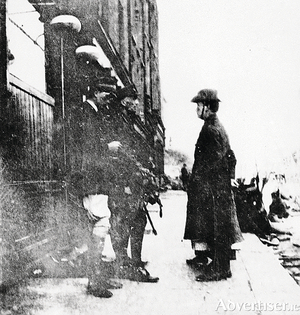
Despite the crucial role many women played in the 1916 Rising, very few were given the credit they deserved. In fact some were refused a pension for many years because they were not ‘men’. In at least one case, the valiant role played by Nurse Elizabeth O’Farrell was simply airbrushed out of history.
‘What the hell is going on?’
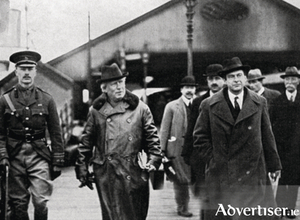
‘What the hell is going on?’ appears to be what the British Prime Minister Herbert H Asquith, is thinking as he disembarks at Dun Laoghaire on May 12 1916, almost three weeks after the Easter Rising. Following six days of intensive fighting, Dublin city centre was unrecogniseable. Practically all its main buildings were destroyed either by artillery fire or burnt out. The list of casualities was horrendous. One hundred and sixteen army dead, 368 wounded, and nine missing. Sixteen policemen died, and 29 wounded. And this at a time when Britain was fighting an appalling war in France, which seemed unending, and its mounting causalities were not only threatening his government’s survival, but had filled the British people with dread and alarm.
New exhibition from Richard Hearns
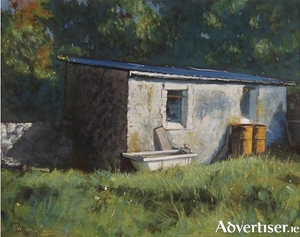
RICHARD HEARNS, described by the Sunday Independent as "one of contemporary Irish art's best kept secrets" whose "star is in the ascendant" will exhibit his paintings in Anton’s Cafe, Fr Griffin Road.
A Sudanese exhibition in Kinvara
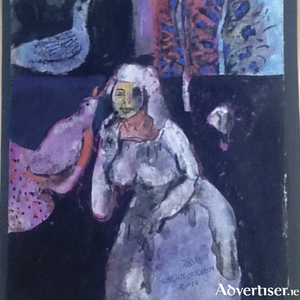
DESERT TO Doorus, is the title of a fascinating new art exhibition which is currently running in Kinvara, which features the work of Salah Ibrahim and Ahmed Hussein, from Darfur in the Sudan.
Galway anti-war group condemns arrest of Mick Wallace
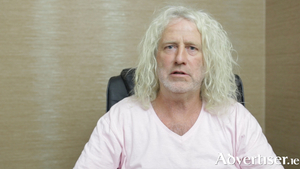
The Galway Alliance Against War has issued a statement condemning the arrest and imprisonment of Deputy Mick Wallace. The Independent Wexford TD was arrested at Clontarf Garda Station by appointment yesterday and brought to Limerick Prison.

